14 GPTs for Statistical Interpretation Powered by AI for Free of 2025
AI GPTs for Statistical Interpretation refer to a specialized subset of Generative Pre-trained Transformers designed to understand, analyze, and generate insights from statistical data. These tools leverage the advanced capabilities of AI to parse complex datasets, identify patterns, and provide interpretations that would be challenging for humans to discern quickly. Their relevance lies in their ability to tailor solutions specifically for statistical analysis, making them invaluable for tasks that require in-depth understanding of data trends, predictions, and statistical outcomes.
Top 10 GPTs for Statistical Interpretation are: Psychology Statistics Expert,Statistik GPT,Applied Linguistics Guru,Scholarly Guide,adnan reayat,Clinical Impact and Finance Guru,StatisticsGPT,Data Insight Oracle,Amiracle | Vision,Master Pattern Analyst
Psychology Statistics Expert
Harness AI for Powerful Psychology Stats
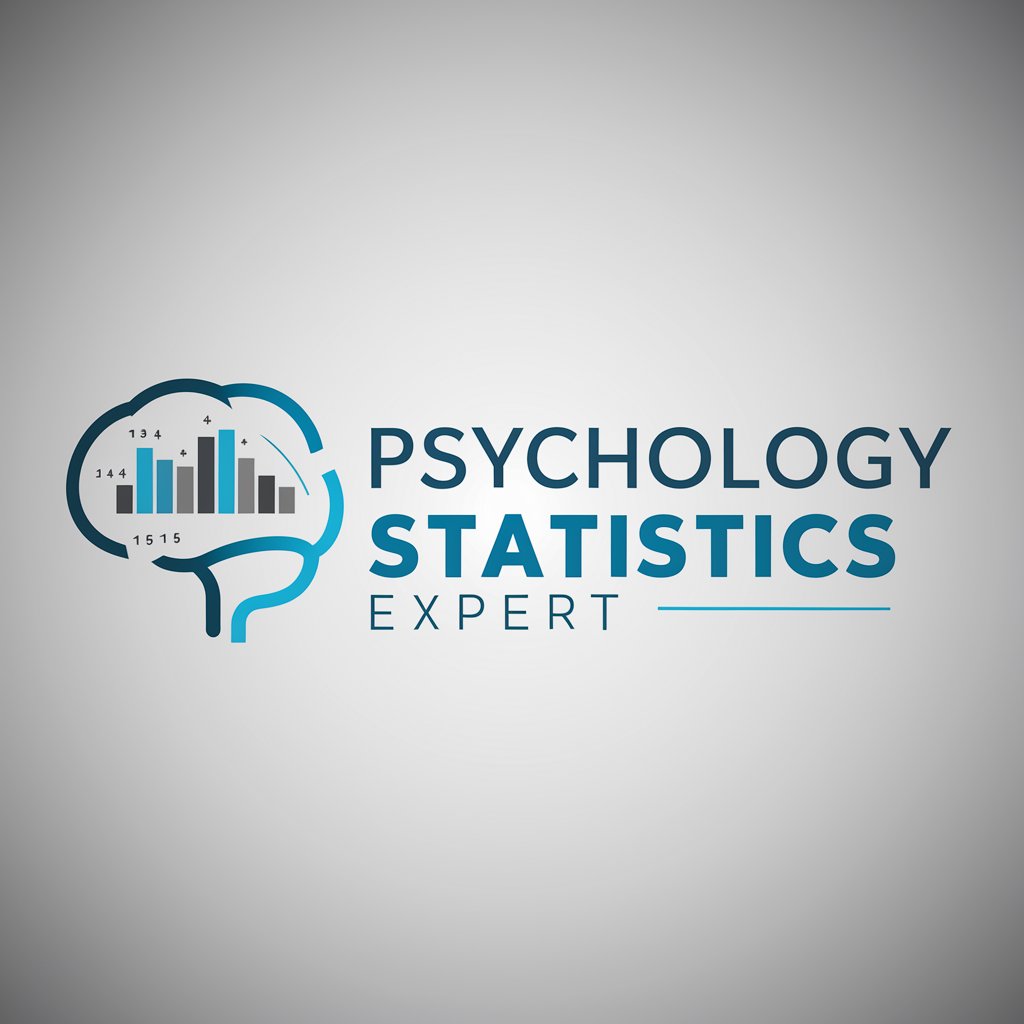
Statistik GPT
Empower Your Data with AI
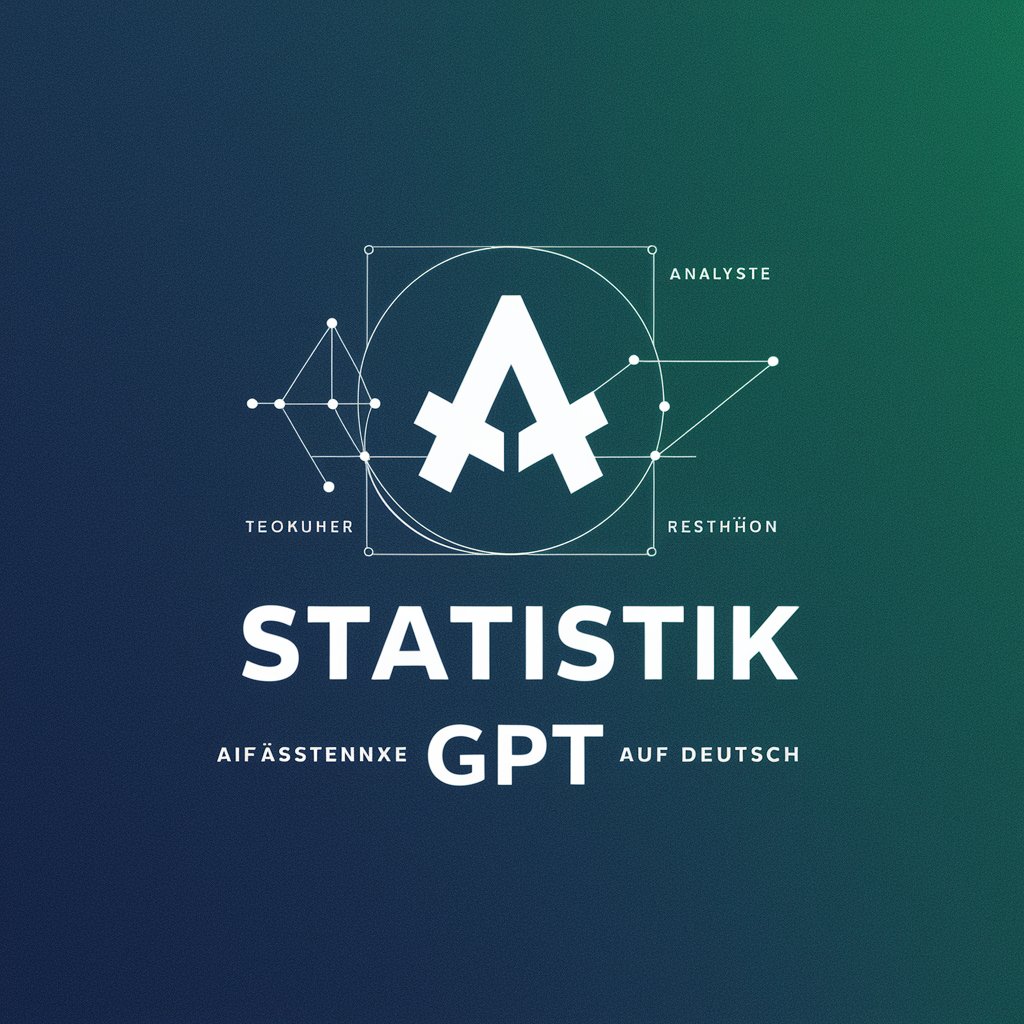
Applied Linguistics Guru
Empowering Linguistic Research with AI
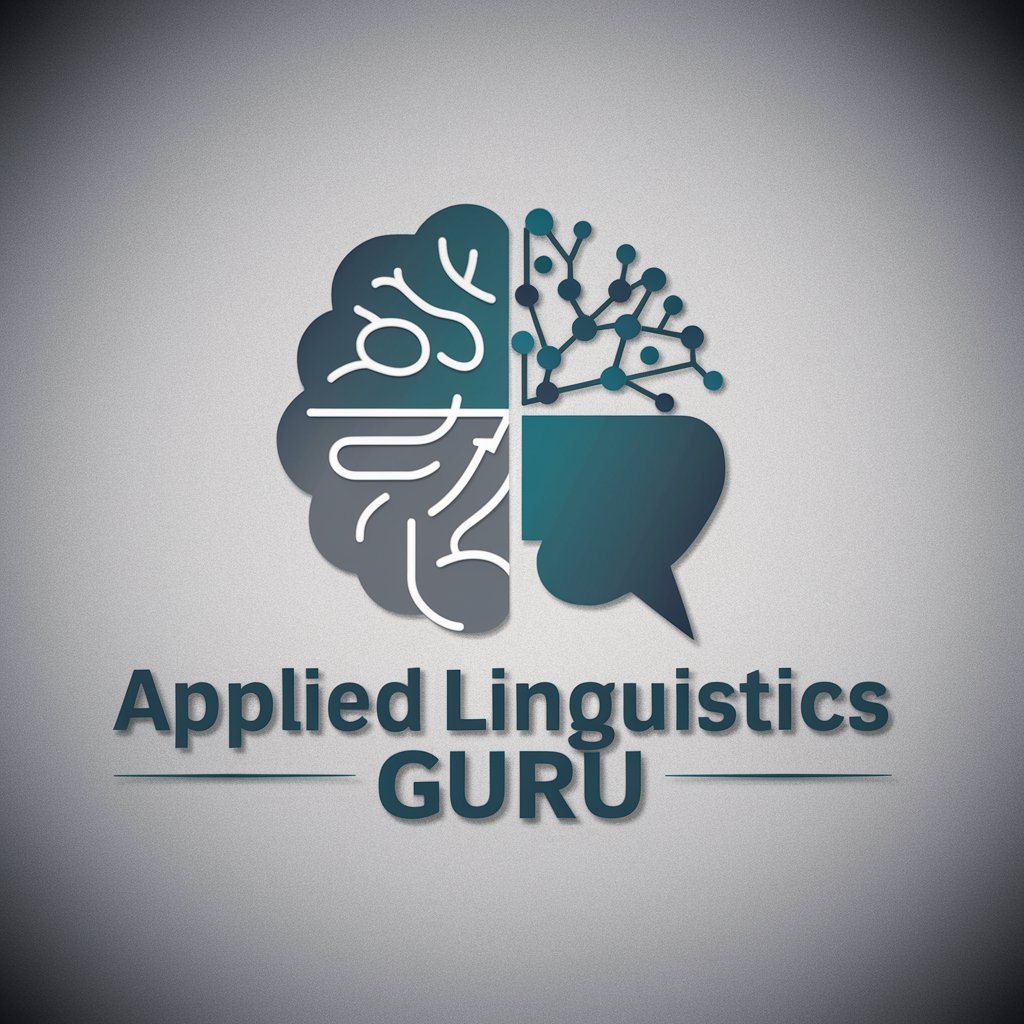
Scholarly Guide
Empowering Research with AI Intelligence
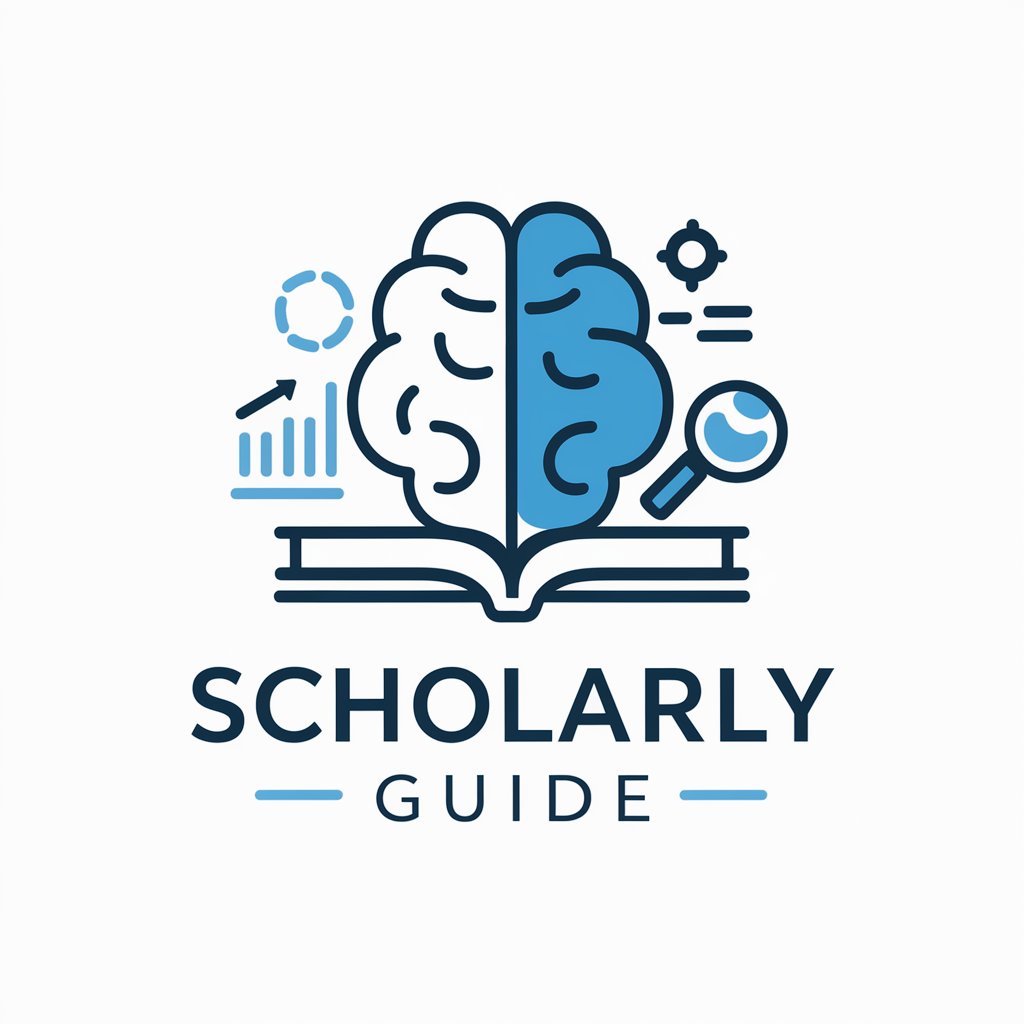
adnan reayat
Empowering Research with AI-Powered Analysis
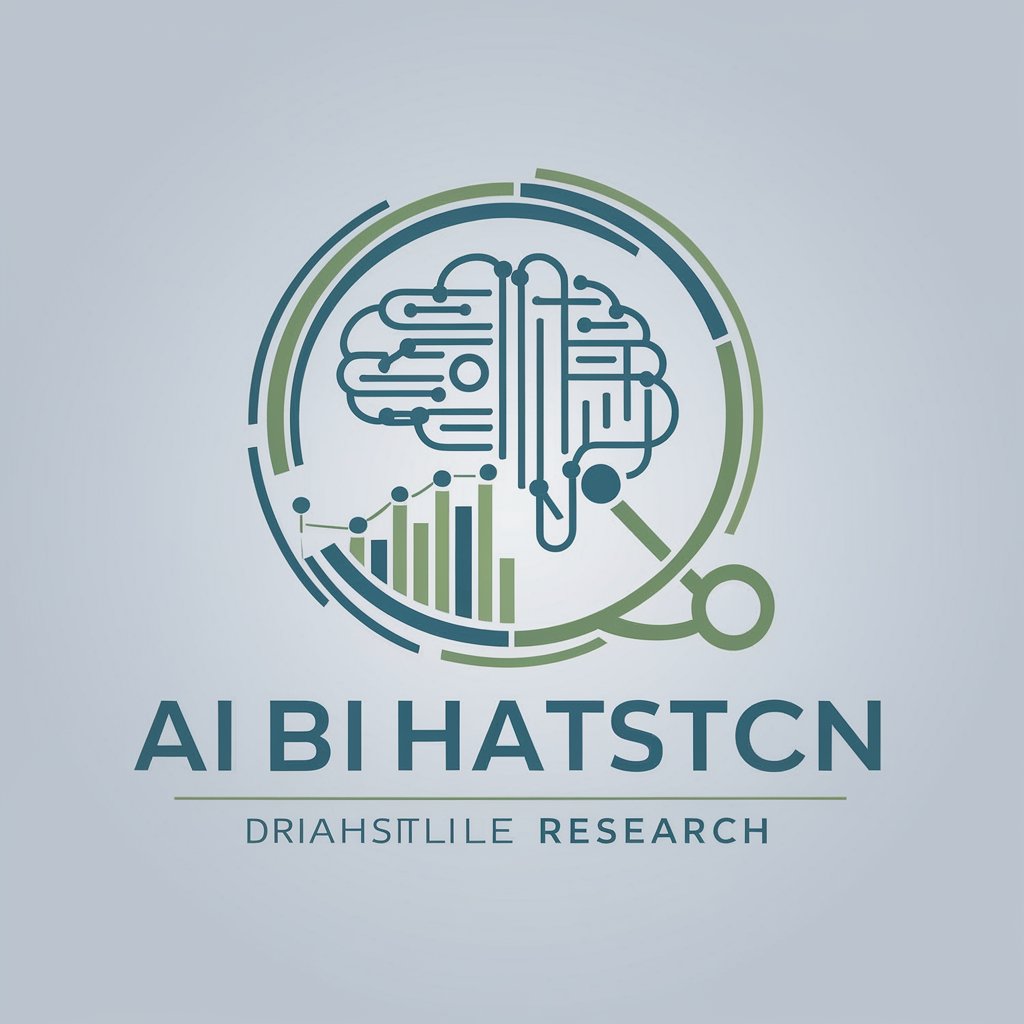
Clinical Impact and Finance Guru
AI-Powered Healthcare Analytics and Planning

StatisticsGPT
Empowering Analysis with AI-Powered Statistics
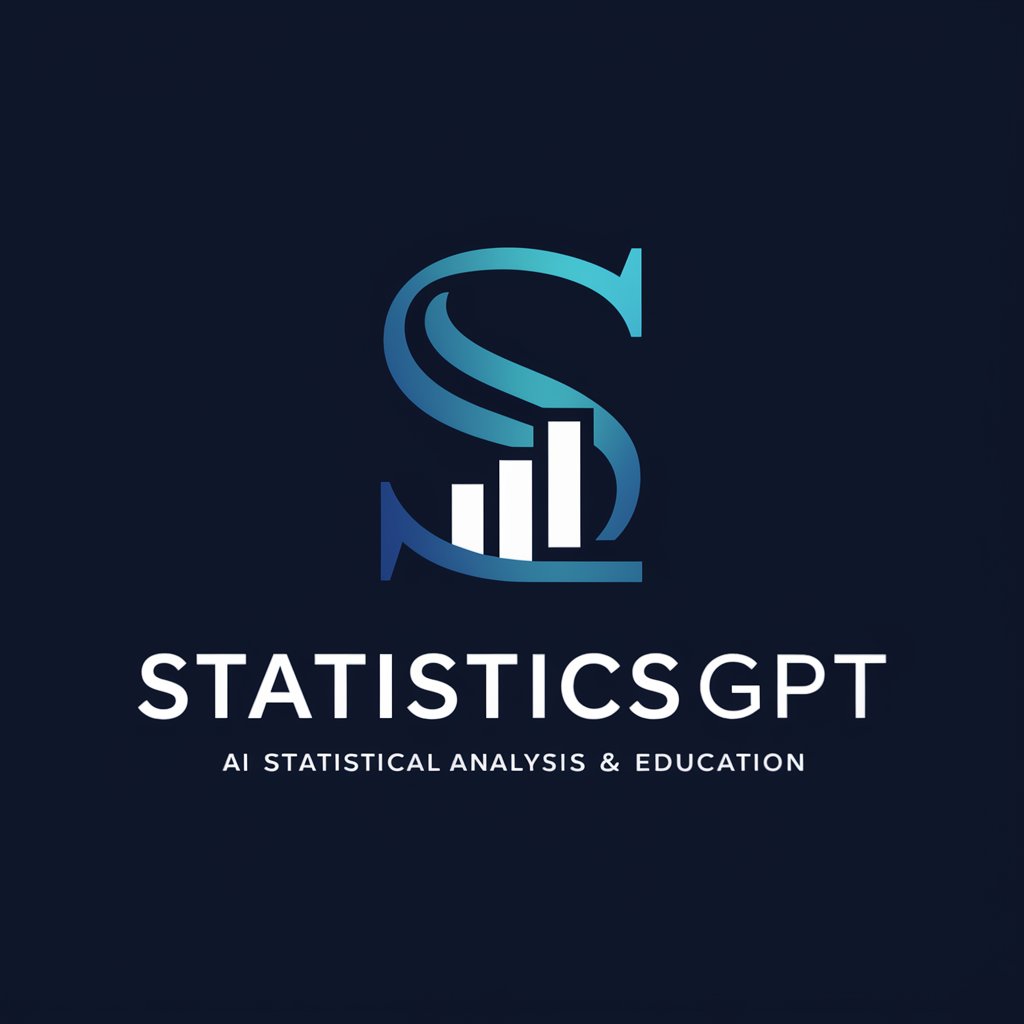
Data Insight Oracle
Empowering your data analysis journey with AI.
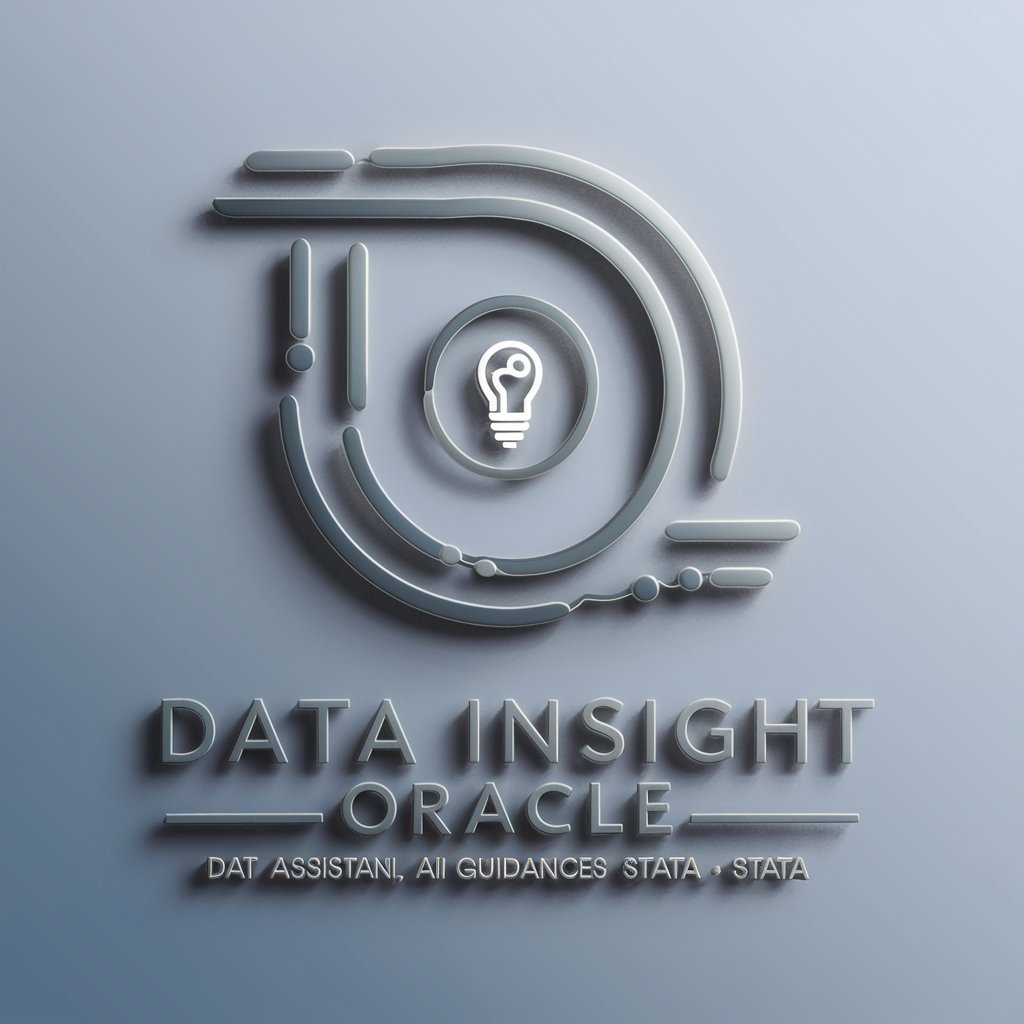
Amiracle | Vision
Empowering Insights with AI-Driven Analysis

Master Pattern Analyst
Unlock data insights with AI precision

饕餮
Empowering Research with AI Insight
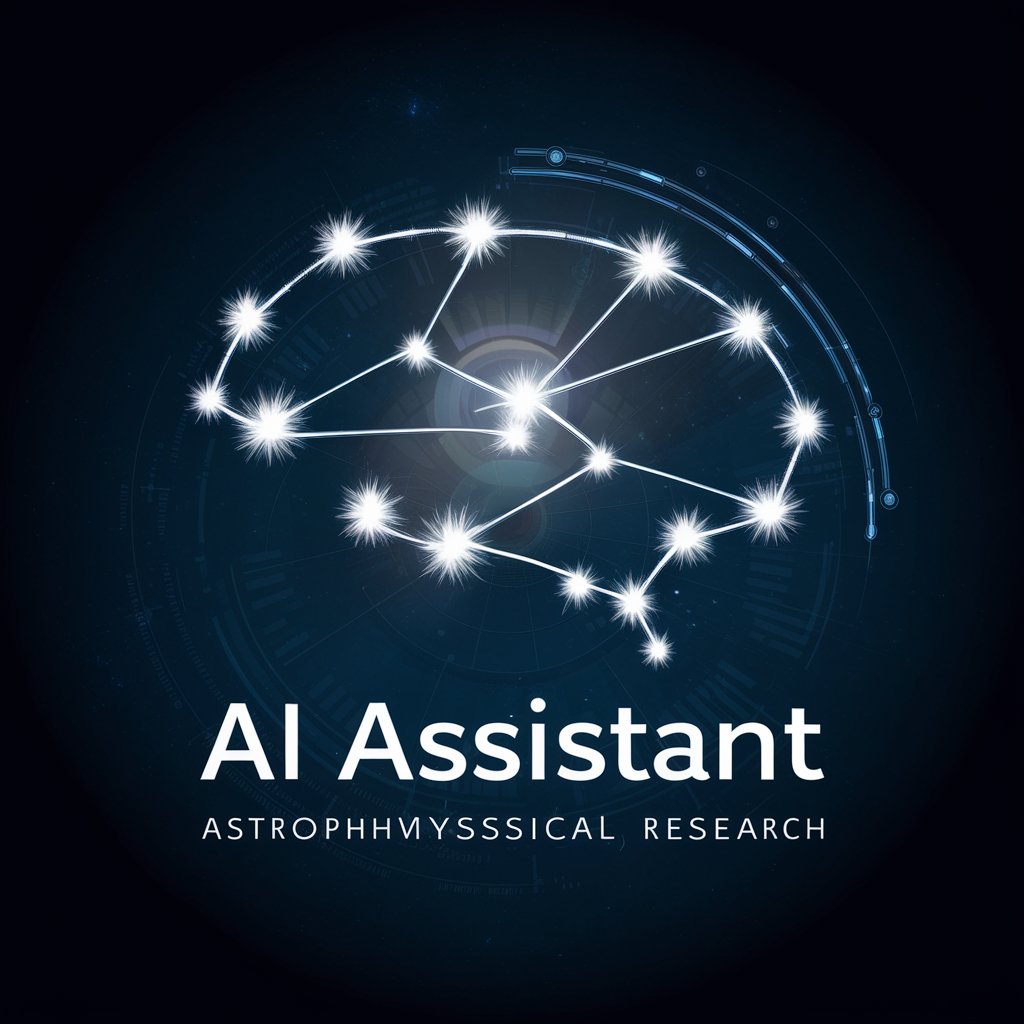
Research Buddy
Empowering Research with AI

Admission Stats Guide
Unlocking Insights in Swedish Education Admissions

Stat Med Analyst
Empowering Research with AI-Driven Insights
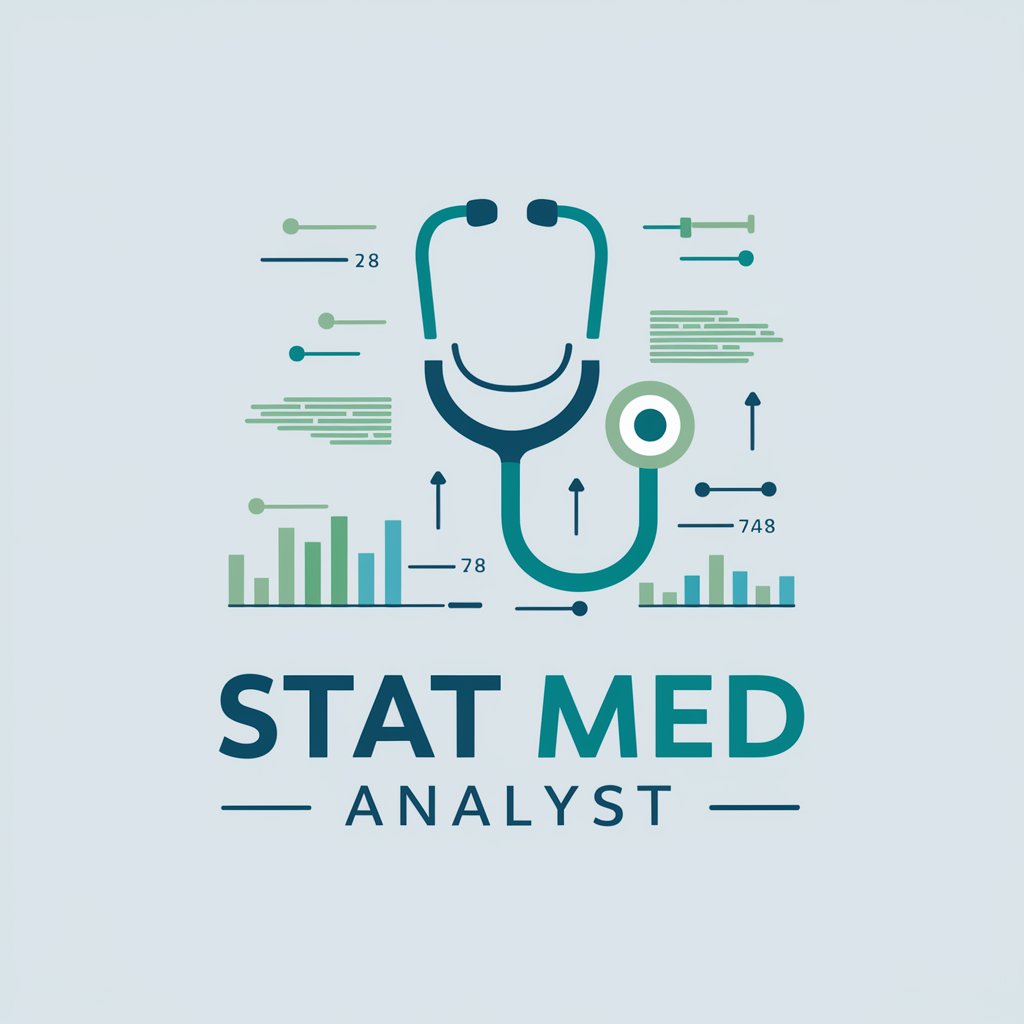
Key Attributes and Functions
AI GPTs for Statistical Interpretation are characterized by their adaptability and versatility in handling statistical data. They can perform tasks ranging from basic data analysis to complex predictive modeling. Special features include natural language processing for interpreting statistical terminology, technical support for various statistical software and programming languages, enhanced web searching capabilities for sourcing relevant data, image creation for data visualization, and advanced data analysis capabilities for uncovering insights from raw data.
Who Benefits from Statistical Interpretation GPTs?
These tools are designed for a wide audience, including statistical novices, data scientists, financial analysts, and other professionals who work with data. They are accessible to users without coding skills through user-friendly interfaces, while also offering extensive customization options for those with programming expertise, thereby bridging the gap between technical and non-technical users.
Try Our other AI GPTs tools for Free
政策分析
Discover how AI GPTs for policy analysis transform public policy formulation and evaluation with advanced data analysis and insights.
演讲准备
Discover AI-powered speech preparation tools designed to enhance your public speaking skills with personalized content, interactive practice, and dynamic feedback.
意识形态教育
Explore AI GPTs in 意识形态教育: cutting-edge tools for interactive and nuanced learning in ideological education. Ideal for educators, students, and researchers.
官方文档撰写
Discover how AI GPTs revolutionize official document writing, offering precision, efficiency, and adaptability for professionals across fields. These tools transform document drafting with advanced AI capabilities.
Deep Analysis
Discover how AI GPTs for Deep Analysis revolutionize data interpretation, offering tailored insights through advanced machine learning and natural language processing.
Advanced Research
Explore AI GPTs for Advanced Research: cutting-edge tools designed to revolutionize data analysis, content generation, and problem-solving in various research domains.
Expanding Horizons with GPTs in Statistics
AI GPTs for Statistical Interpretation not only streamline data analysis but also empower users to discover insights that were previously overlooked. They offer a blend of intuitive interfaces and deep customization options, making them adaptable to various sectors. The potential for integrating these tools with existing systems or workflows opens new avenues for data-driven decision-making.
Frequently Asked Questions
What are AI GPTs for Statistical Interpretation?
AI GPTs for Statistical Interpretation are AI-driven tools specialized in analyzing and interpreting statistical data through advanced natural language processing and data analysis capabilities.
Who can benefit from using these tools?
Both novices and professionals in data-related fields, including data science, financial analysis, and research, can benefit from these tools.
Do I need coding skills to use these tools?
No, these tools are designed to be accessible to users without coding skills, offering interfaces that simplify complex statistical analysis.
Can these tools integrate with existing data analysis software?
Yes, many AI GPTs for Statistical Interpretation can integrate with existing statistical software, enhancing their functionality with AI-driven insights.
How do these tools handle complex statistical models?
They utilize advanced algorithms to interpret, analyze, and provide insights on complex statistical models, making sophisticated analysis more accessible.
Can I customize the output of these tools?
Yes, users with programming skills can customize the tools' outputs to fit specific project requirements, making them versatile for various applications.
Are these tools useful for academic research?
Absolutely, they can significantly aid in data analysis, interpretation, and visualization for academic research, making them valuable for students and researchers alike.
How do AI GPTs for Statistical Interpretation stay updated with new statistical methods?
These tools are continually trained on vast datasets, including the latest statistical methodologies and research, ensuring they remain current and effective.